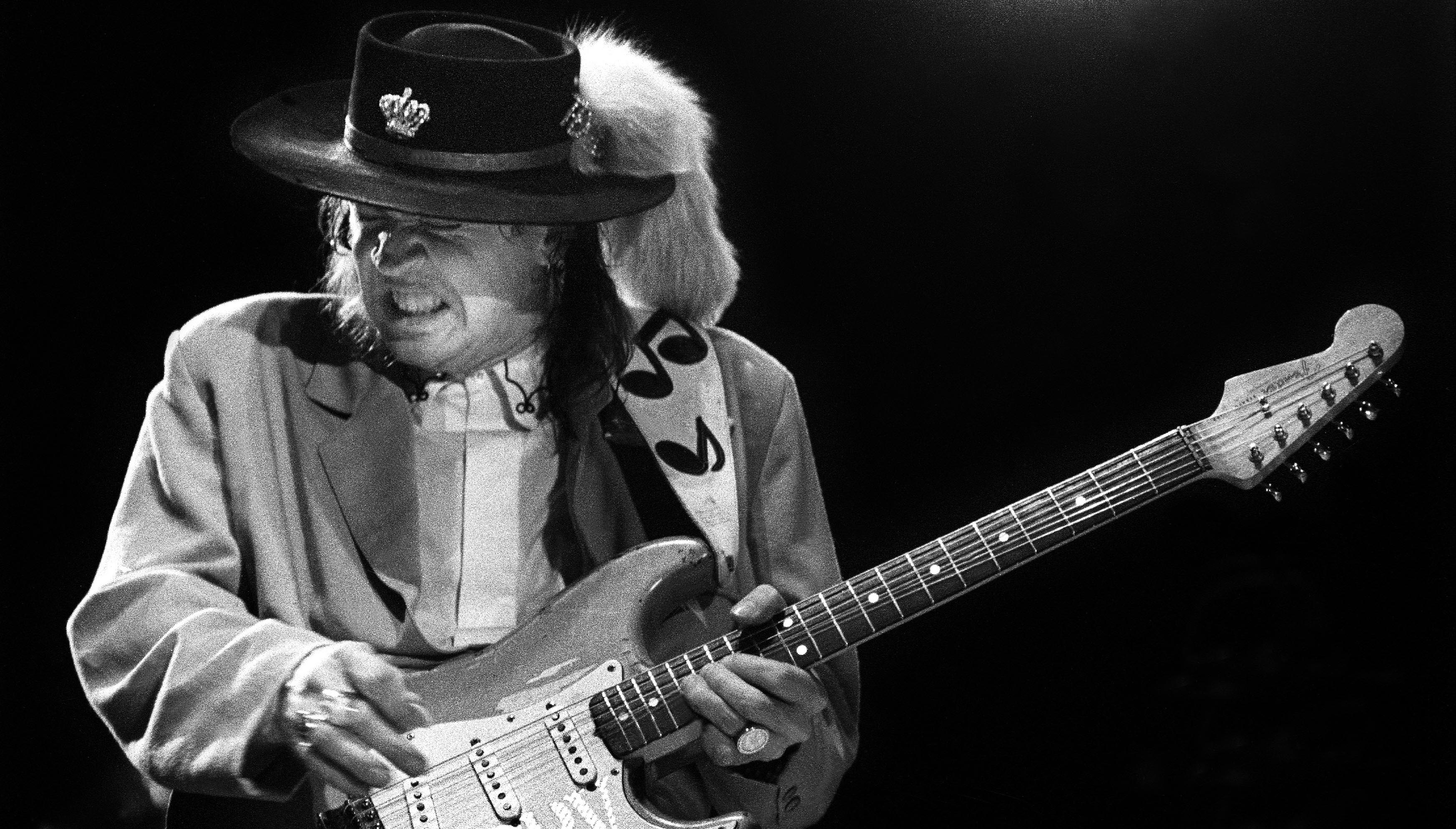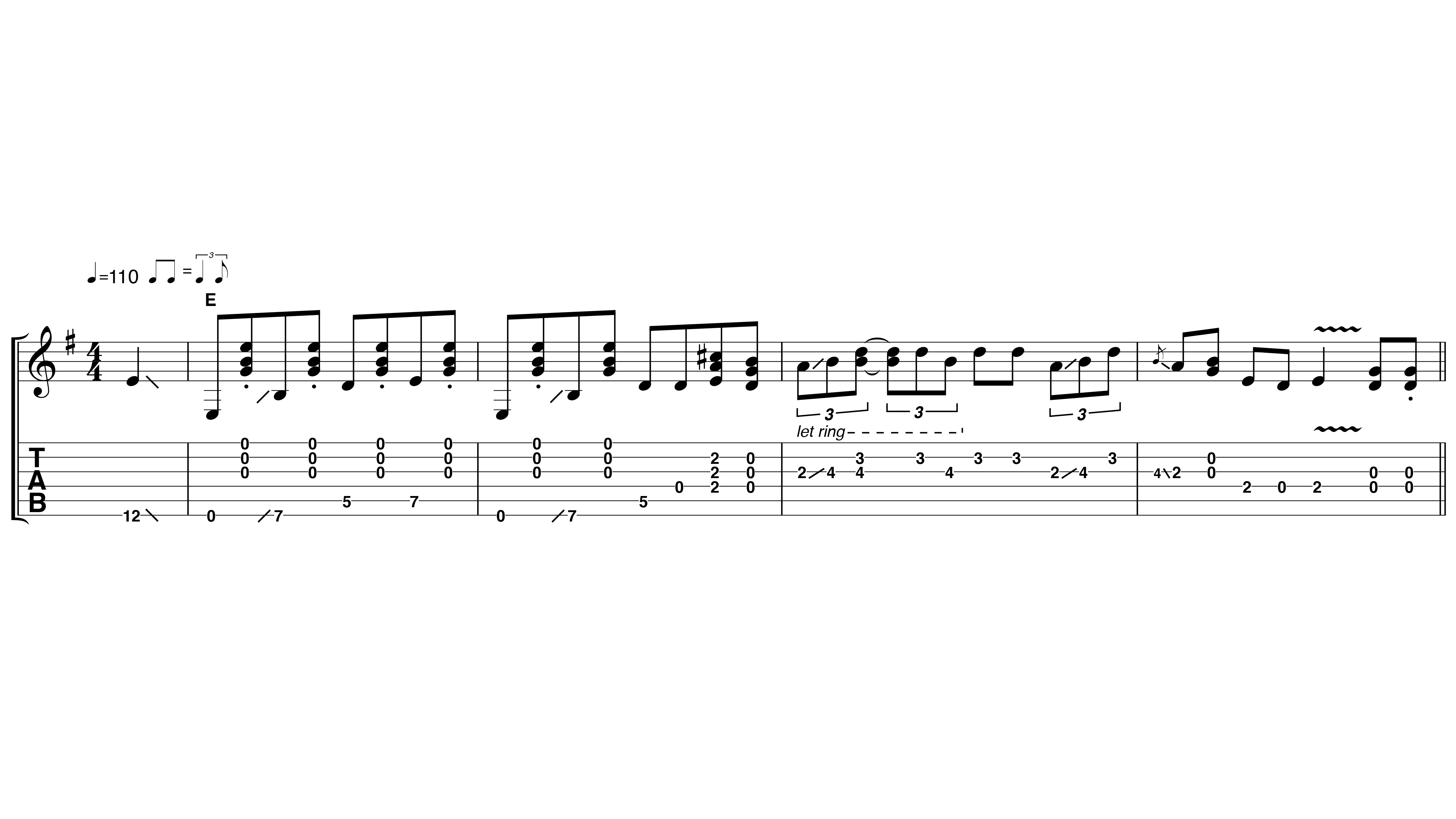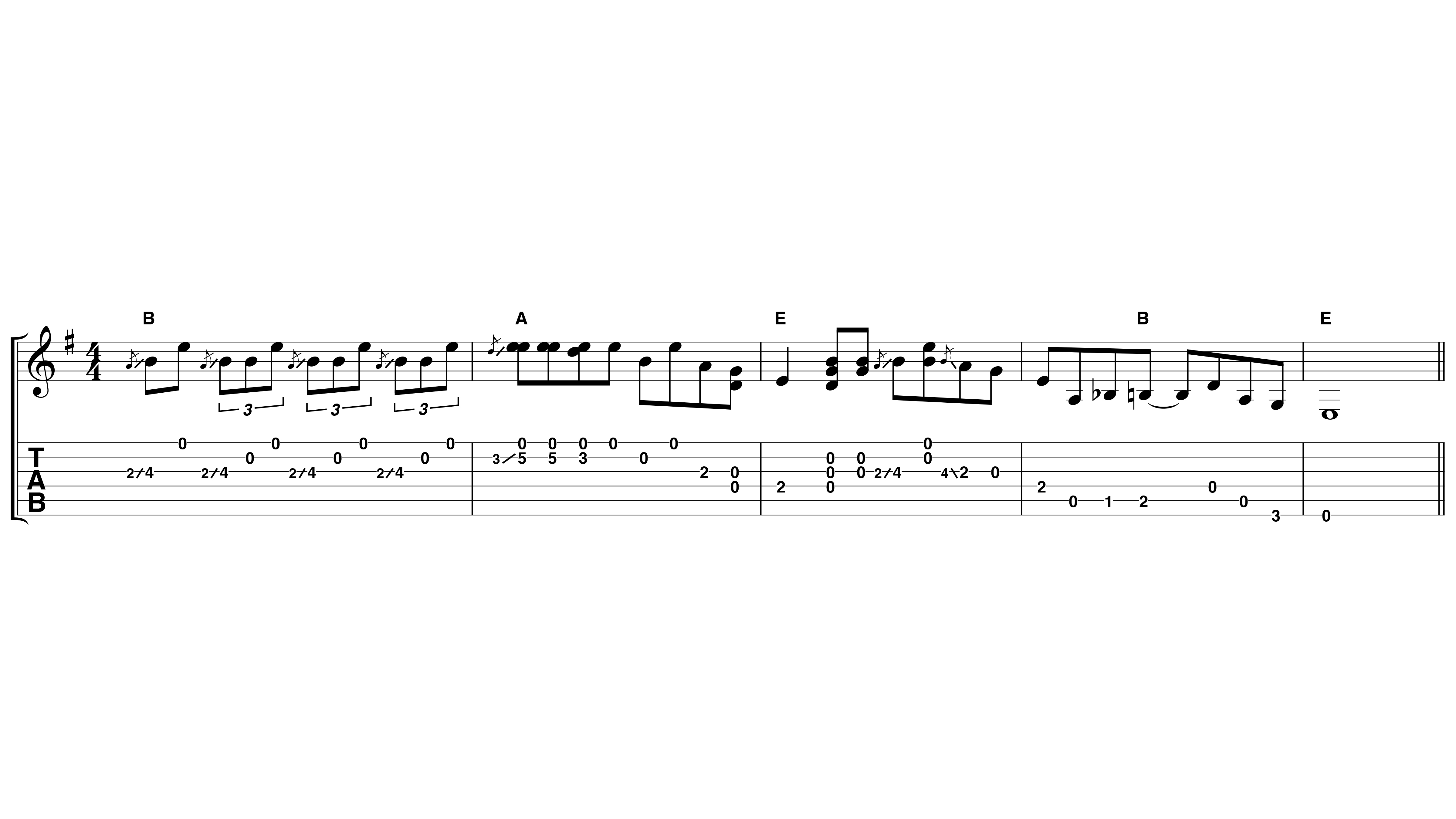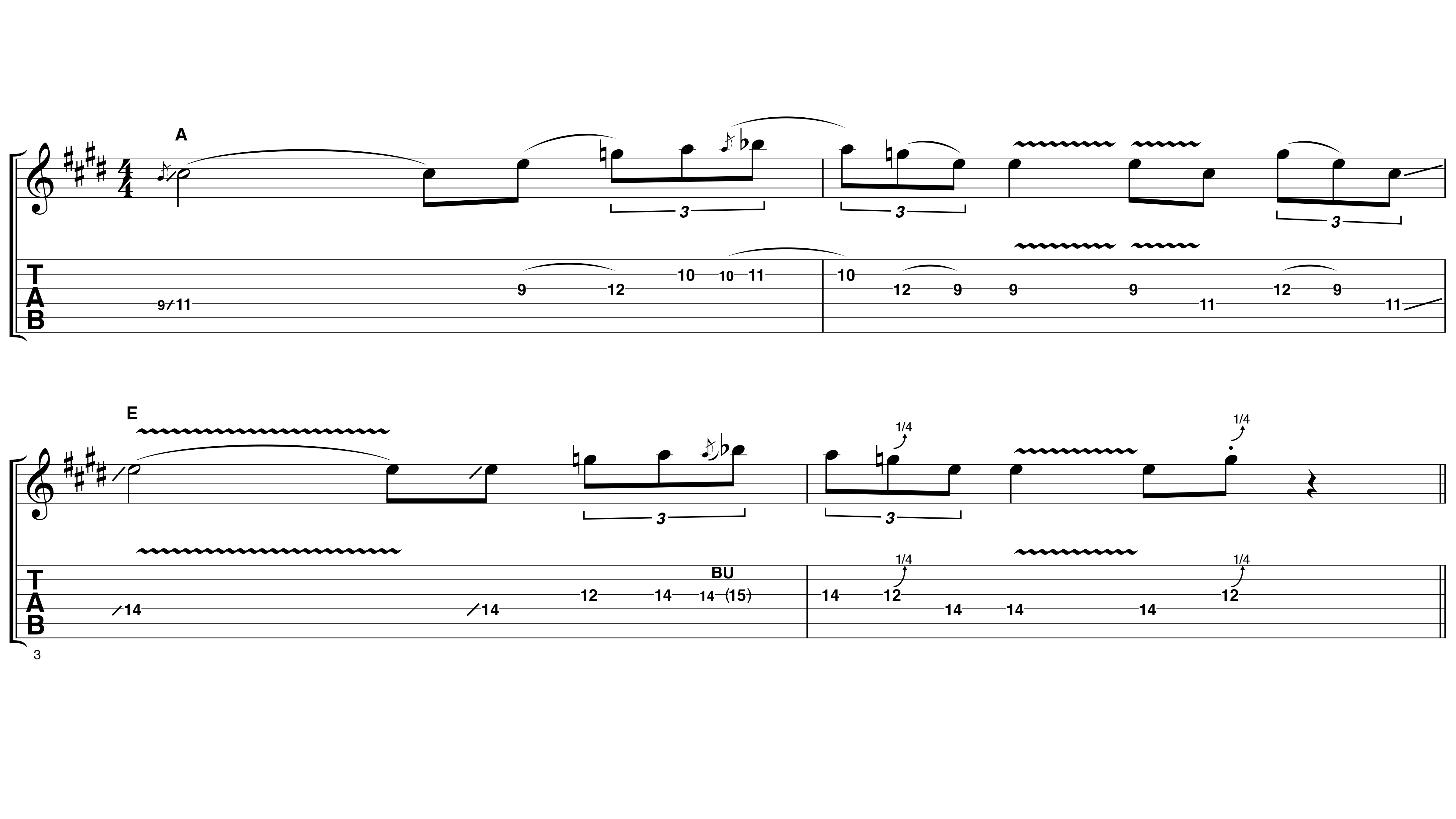Guitar lesson: 5 ways to play like Stevie Ray Vaughan
Learn these different SRV-style approaches with tab and audio

Guitar lessons: Texan blues ace Stevie Ray Vaughan is rightly considered one of the all time great guitarists. Inspired by his older brother Jimmie to pick up the guitar, he came to prominence when Texas Flood -his debut album with his band, Double Trouble – made fans of Eric Clapton, Stevie Wonder, John Lee Hooker and many others.

Classic interview: Stevie Ray Vaughan talks Texas blues, Strats and addiction
Stevie is most associated with the Fender Strat – with a battered example put together from late 50s and early 60s parts, ‘Number One’ serving as his main guitar, plugged into a mixture of Fender, Marshall and Dumble amps.
Though he famously used heavy strings and a high action on his guitars, this isn’t essential to get in the tonal ballpark – as long as you hit the strings with confidence and play like you mean it, you’ll be well on your way. Just dial in a little light overdrive (Stevie used an Ibanez TS-808 Tube Screamer) if your sound needs more welly.
Click in top right of tab for full screen view.
1. Shuffle groove and lead lick
Inspired by Stevie’s fiery rhythm style, this example plays up the contrast between a bassline played with downstrokes, and the open treble strings, played with upstrokes to give the illusion of two guitars playing at once.
The real trickery is to incorporate the blues lick in bars 3 and 4 without losing momentum – play it slow at first.
2. Moving around the 12-bar blues
We’re building on the previous lick here with an alternate take on SRV’s renowned rhythm embellishments over the IV chord of a I-IV-V progression.
Want all the hottest music and gear news, reviews, deals, features and more, direct to your inbox? Sign up here.
Strum confidently and firmly, and mute out any idle strings with your fretting hand. This can seem a bit of a task at first, but becomes automatic quite quickly if you do the groundwork.
3. Triplet-based turnaround line
More of an ‘lead’ part, this line combines open and fretted strings so there’s always plenty going on, sonically – essential in a trio such as Double Trouble.
We’re using the E minor pentatonic scale (E G A B D) and E blues scale (E G A Bb B D). This isn’t about showing off a massive vocabulary of licks – it’s about delivering authenticity!
4. Chords for melody
In addition to his fiery style, Stevie would also play with great sensitivity on the instrument, and that’s what inspired us here. Though the chords may be unfamiliar at first, they are actually fairly easy to get to grips with.
The Hendrix-style two-note shapes are another lovely way to play both melodically and chordally.
5. Sophisticated lead licks
This example opens by loosely outlining the notes of an A7 chord (A C# E G), plus a brief moment on a Bb note for added tension, before sliding back to the E blues scale in bars 3 and 4.
Having a play around with the slick sounding position shift could net you a few more blues licks for your trick bag!
Backing tracks
5 songs guitarists need to hear by… Stevie Ray Vaughan
Total Guitar is Europe's best-selling guitar magazine.
Every month we feature interviews with the biggest names and hottest new acts in guitar land, plus Guest Lessons from the stars.
Finally, our Rocked & Rated section is the place to go for reviews, round-ups and help setting up your guitars and gear.
Subscribe: http://bit.ly/totalguitar





